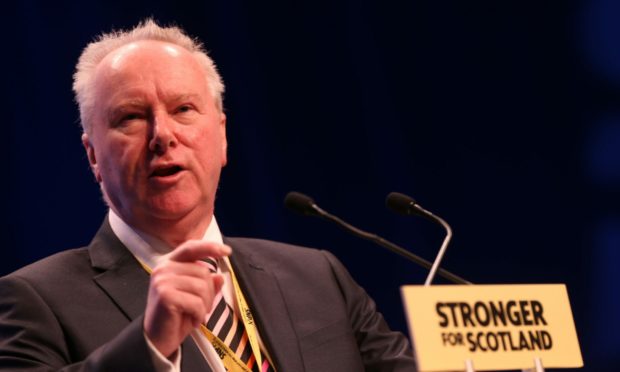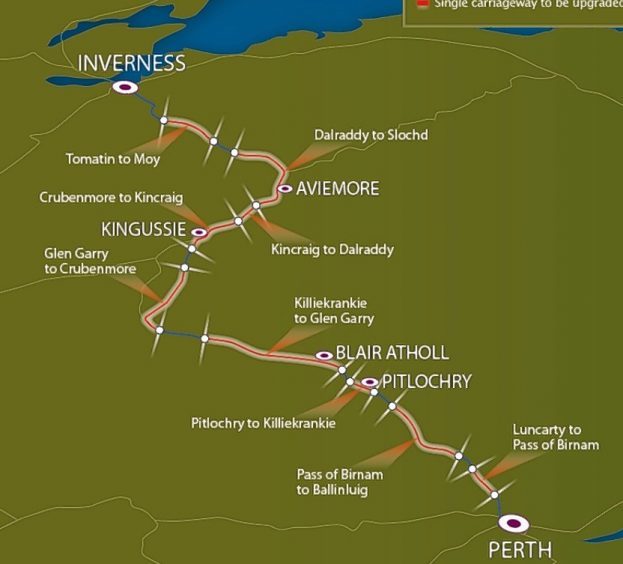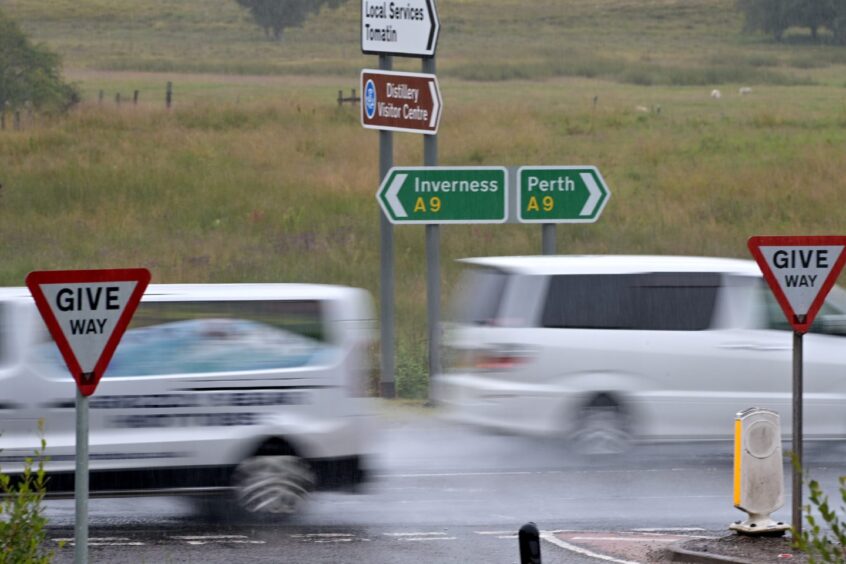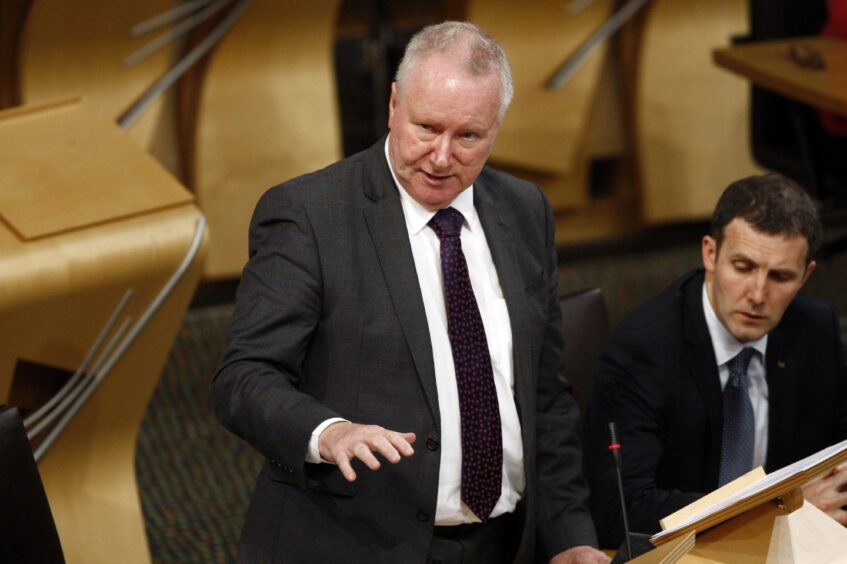The SNP minister responsible for committing to dual the A9 between Inverness and Perth by 2025 appeared before MSPs with “explosive” new evidence about the government’s failure to deliver.
Long after he stepped down from parliament, Alex Neil was back on Wednesday morning to tell a Holyrood inquiry that excuses on timescales were “utter nonsense”.
One of the MSPs in the committee is Fergus Ewing – the Highlands MSP suspended by his SNP colleagues for rebelling.
Mr Ewing, who served in government with the former minister, said his input was “informative, revelatory and really quite explosive”.
In a session with plenty of highlights, MSPs heard:
- Claims that the 2025 target for completion were only ever “aspirational” branded utter nonsense.
- Previously unheard details of times to dual each section of the A9 between Inverness and Perth.
- How the project was to be funded and the financial cost of failing.
- Why he thinks the government failed to keep its promise to Highlanders.
Here are four stand-out revelations and claims from the committee session.
1. Transport Scotland claim ‘utter rubbish’
Mr Neil said the “realistic” and fully-costed plans were set out by government agency Transport Scotland officials in May 2012, on his instruction.
Explaining how to 2025 commitment was made, Mr Neil said: “I asked them to be realistic, Transport Scotland, and they assured me that both physically and financially it was perfectly feasible to achieve the dualling of the A9 between Inverness and Perth by 2025, and Inverness and Aberdeen (the A96) by 2030.”
Senior officials at the roads agency handed him a “detailed plan”.
He added: “This was not aspirational. A lot of work was done both before it went into the plan.
“Before they could advise me by 2025 was the reasonable date when we could do this financially and physically, they clearly had to do a lot of work themselves to work that out – and they did.”
2. Times revealed for dualling A9
Mr Neil was allowed to access to government papers, because of his role in the administration at the time, which have previously not been released to the public or the committee.
This included papers from senior officials which gave him a “detailed plan” for the project in May 2012 setting out the timelines for when each part of the A9 would be dualled.
He told MSPs he was forbidden from sharing the information physically – so he read it out.
The timings he said should have been followed are:
- Luncarty to Birnam – 2018/19 (completed)
- Birnam to Ballinluigg – 2024
- Pitlochry to Killiecrankie – 2022
- Killiecrankie to Glen Garry – 2024
- Glen Garry to Crubenmore – 2024
- Crubenmore to Kincraig – 2025
- Kincraig to Dalraddy – 2017 (completed)
- Dalraddy to Slochd – 2025
- Tomatin to Moy – 2021
3. How the project was funded
Mr Neil said funding would have relied on uncommitted capital funds between 2011 and 2030.
He said that if it had been delivered on time, even allowing for a Covid-related delay, then the project could have potentially come in under budget.
But because of delays, he said it is likely it would cost at least £1 billion more to complete.
4. Why the SNP failed to keep the promise
Mr Neil took a clear swipe at Nicola Sturgeon in his explanation of why things might have gone off track.
“I think one of the things that may have happened is that with the change in cabinet secretary, that my successors have perhaps not tracked this as well as they could,” he said.
Ms Sturgeon took over the infrastructure brief in a reshuffle, before taking over as first minister after the 2014 referendum on independence.
Humza Yousaf, the current first minister, has also been in charge of transport since Mr Neil.
Mr Neil also said he “suspects the foot was well and truly taken off the accelerator”.
He accused the Scottish Government of “betraying a promise” to the Highlands and Islands by putting the project on the backburner.
A Transport Scotland spokeswoman said: “We were always clear that 2025 was an ambitious target but also a feasible one.
“The advice provided to Ministers in 2012 reflected this and this was the publicly stated position at that time. For example, in the press release of June 26 2012 Mr Neil said ‘… we have always said that delivery by 2025 was challenging but achievable’.”
“As with all major infrastructure projects, the programme was subject to the timely and positive outcome of a range of factors such as the completion of public and stakeholder consultation, statutory approval processes, market capacity, supply chain availability and the availability of funding.”




Conversation